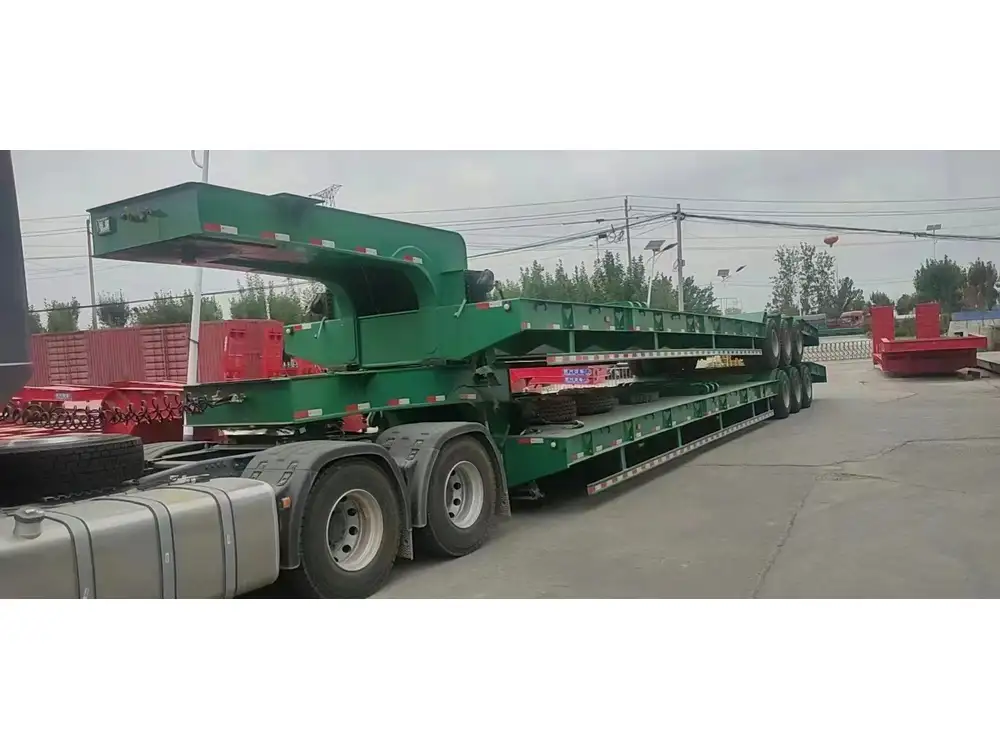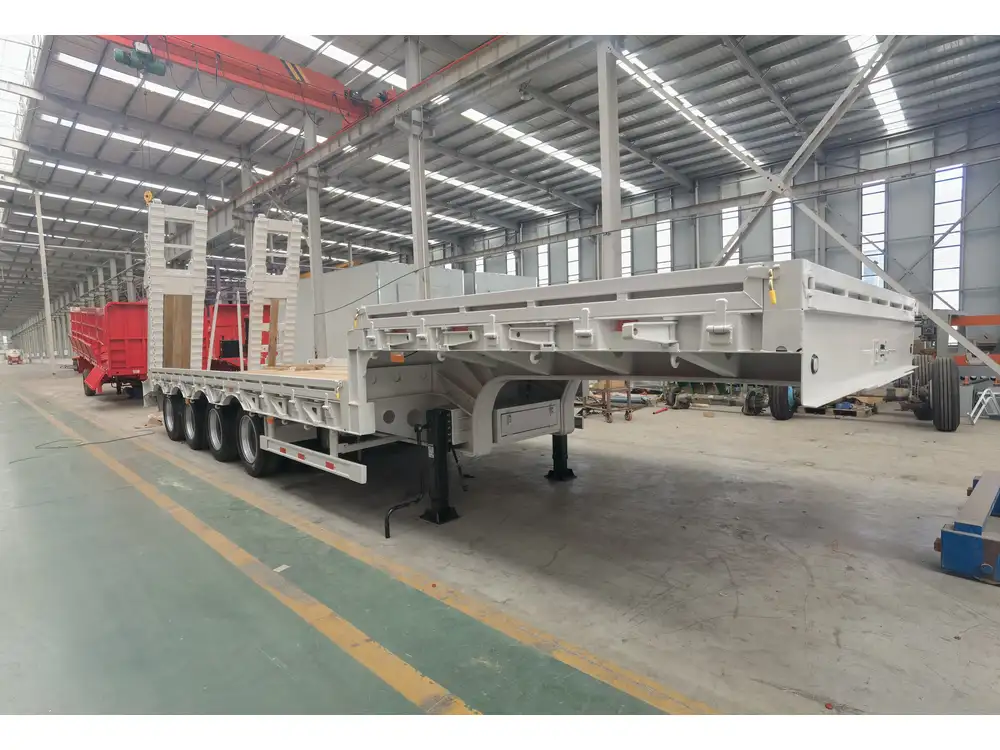Transporting a motorcycle requires meticulous planning and execution, particularly concerning safety and security. In this guide, we provide an exhaustive overview of how to efficiently tie down a motorcycle to a flatbed trailer, ensuring the motorcycle remains secure throughout its journey.
The Importance of Properly Securing Your Motorcycle
Before delving into the details, it is crucial to understand the significance of properly securing your motorcycle. Any slippage or movement during transit can lead to significant damage to the bike itself or, worse, accidents causing injury or even fatalities. Consider the following:
- Vehicle Protection: Prevents scratches, dents, and mechanical failures.
- Safety: Reduces the risk of accidents on the road caused by loose vehicles.
- Legal Accountability: In many jurisdictions, failing to properly secure a load can result in fines or penalties.
Essential Equipment for Securing a Motorcycle
To begin, having the right equipment is fundamental to successfully securing your motorcycle on a flatbed trailer. Here is a checklist of necessary items:
| Equipment | Purpose |
|---|---|
| Tie-Down Straps | Keep the motorcycle firmly in place. |
| Wheel Chocks | Prevent wheel movement and stabilize the bike. |
| Ratchet Straps | Provide adjustable tension for better security. |
| Dunnage Blocks | Help to keep the motorcycle upright. |
| Padding Material | Protects the bike from scratches and dents. |

Steps to Secure a Motorcycle to a Flatbed Trailer
1. Prepare Your Trailer
Before placing the motorcycle onto the trailer, ensure that the flatbed is clean and dry. Remove any obstacles that may lead to accidents, such as loose straps or debris. Make sure the trailer itself is parked on a level surface to maintain stability during the process.
2. Position the Motorcycle
Carefully drive or push the motorcycle onto the flatbed trailer. When positioning, consider:
Weight Distribution: A well-balanced trailer prevents swaying and improves overall stability. Place the motorcycle slightly forward on the trailer to ensure that the weight is evenly balanced.
Clear Pathway: Ensure you have a clear pathway for the motorcycle’s wheels and handlebars to avoid snagging on any trailer parts.

3. Use Wheel Chocks
Place wheel chocks behind the motorcycle’s rear wheel. This prevents the bike from rolling backward. Opt for heavy-duty wheel chocks designed specifically for motorcycles to ensure maximum stability.
4. Adjust Tie-Down Straps
Upon positioning the motorcycle and securing it with wheel chocks, you can now begin to attach tie-down straps. Here’s how to do it effectively:
Choose Trusted Tie-Downs: Select high-quality straps, such as ratchet straps, known for their durability and strength.
Attachment Points: Locate solid points on the motorcycle to which you can attach the straps. Opt for areas such as the handlebar, the frame, or designated tie-down points provided by the manufacturer.
Hooking Up: Securely hook the strap ends onto the designated points, ensuring that there’s no slack. Watch for excess length to prevent strap mishaps.
5. Secure Your Motorcycle: The “X” Method
One of the most effective ways to secure your motorcycle is by creating an “X” pattern with the tie-down straps. This method increases the hold on your bike:
- Attach One Strap: Secure the left handlebar to the right side of the trailer.
- Attach the Second Strap: Connect the right handlebar to the left side of the trailer.
- Tighten Each Strap: Adjust the tension using the ratchet mechanism until the motorcycle feels stable, without unnecessary pressure that could damage the motorcycle frame.

6. Upper and Lower Tie-Downs
To add even more security, consider using both upper and lower tie-down points:
- Upper Straps: These provide additional support at higher attachment points.
- Lower Straps: Combining these with upper straps ensures both lateral and vertical stabilization.
7. Check for Stability
Once all straps are in place, perform a thorough inspection:
Shake Test: Gently shake the motorcycle to identify any excessive movement. Adjust tie-downs as necessary if you notice any looseness.
Visual Inspection: Ensure all straps are in good condition, free of frays or wear, and securely fastened to both the motorcycle and the trailer.
8. Final Securement with Dunnage
For added security and safety against movement, utilize dunnage blocks. Place these under strategic locations of your motorcycle, such as under the engine or center stand. This additional stabilization helps prevent the motorcycle from tipping or shifting unexpectedly.

Tips for Safe Transport on the Road
Once your motorcycle is securely tied down, ensure the following precautions while transporting it:
Avoid Sudden Stops
When driving with a motorcycle in tow, it’s essential to maintain smooth acceleration and deceleration. Rapid stops can cause the motorcycle to jolt against the straps, potentially loosening them.
Regularly Check Your Load
Make it a point to stop at intervals during your journey. Check the stability of the motorcycle to ensure that the straps remain tight and the wheel chocks are in place.

Adhere to Speed Limits
Legal speed limits also help ensure a safer journey. Avoid excessive speed, particularly when taking turns or navigating curves, as this can affect the stability of both the trailer and the motorcycle.
Common Mistakes to Avoid
- Using Cheap Equipment: Investing in quality tie-downs and accessories can prevent accidents and vehicle damage.
- Neglecting to Inspect: Failing to regularly check the stability of your load can lead to catastrophic accidents.
- Overtightening: While securing your load is essential, overtightening straps can lead to damage.
Conclusion
Securing a motorcycle to a flatbed trailer is a critical process that warrants attention to detail and technique. Following the steps outlined in this guide not only ensures the safety of your motorcycle but also enhances the road safety for you and others around you. Properly preparing for the task and using high-quality equipment mitigates risks associated with transporting motorcycles. By implementing these strategies, you can transport your motorcycle safely and confidently, ready to hit the open road upon arrival. Remember, the keys to a successful transport are planning, preparation, and precision in execution—don’t take shortcuts, and always prioritize safety.



